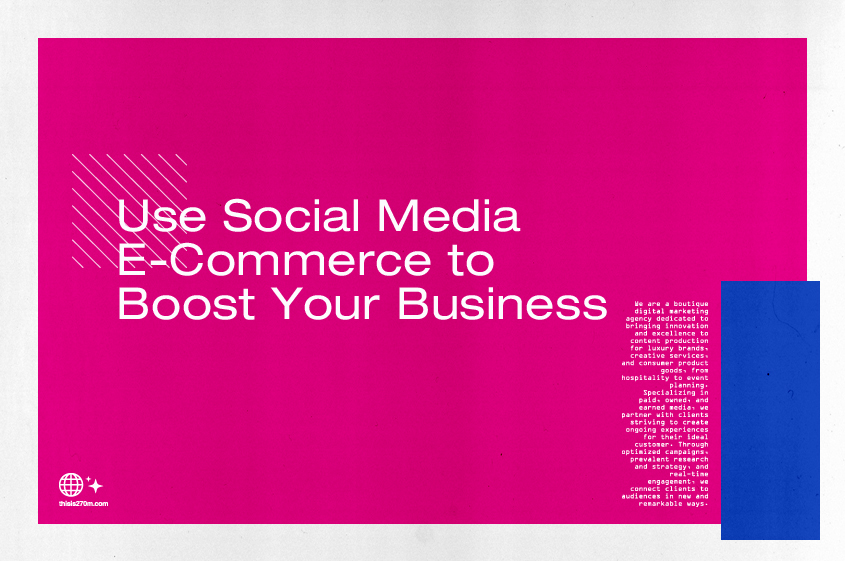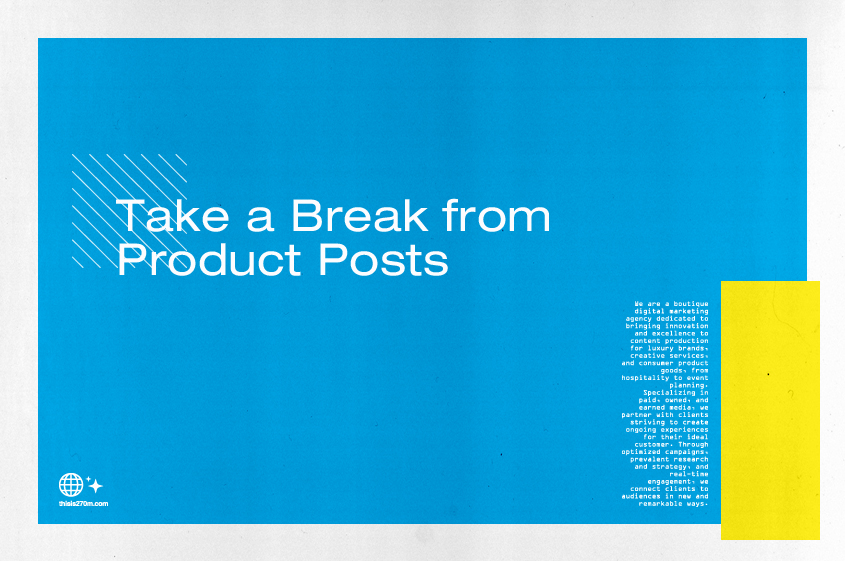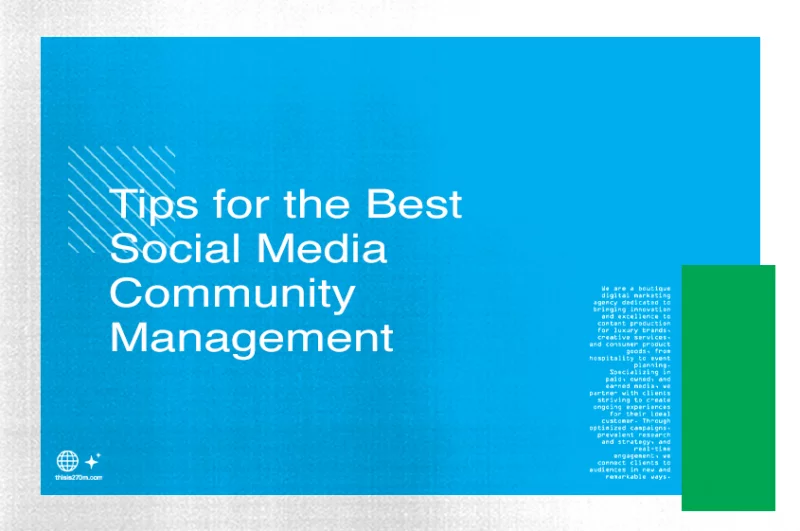Affiliate Marketing for Long-Term Partnerships
Written by: Danielle Gazda
The more places potential customers can see your brand the better. For most companies, this means advertising on multiple social media platforms in addition to Google and various online publications.
But there is another way to look at it.
The more people that help you promote your company or product the better. To this end, some brands enter into partnerships with influencers to increase their visibility. Affiliate marketing offers yet another way to advertise with a partner, whether they are an influencer, blogger, microsite, or large media site.
So, What Is Affiliate Marketing?
Affiliate marketing is a kind of mutually beneficial business relationship.
Here’s the breakdown:
- You provide a trackable link for your affiliate partner to share on their social pages, website, blog, etc.
- These trackable links can be created on affiliate platforms such as ShareASale and AWIN.
- Any customer who visits your website/page through the affiliate link will be associated with it.
- If the customer completes a purchase and the purchase is verified, you pay your affiliate partner a commission based on an agreed-upon percentage.
How Is This Different From Influencer Marketing?
The most common way to bring a partner to your digital marketing team is by working with social media influencers. These types of partnerships are usually one-time paid transactions, i.e., you pay the influencer to share a product on their social channels and that’s the end of it. Some companies also opt to send influencers their product with no strings attached, and influencers will only share it with their audience if they like it and think their audience will, as well.
Affiliate marketing, however, is typically a long-term partnership with an influencer or company. The link you provide can live on your partner’s blog or website for as long as they choose to partner with you. This can create a steady passive audience as people find themselves on a partner blog or website and then on yours. The partnership can also be an active one. If the individual or company you partner with is on Instagram, TikTok, or YouTube, they can plug your brand from time to time for their more engaged followers to see.
Benefits of Affiliate Marketing
Driving Traffic and Reach
The primary hope is that affiliate marketing will drive traffic to your website from new and previously unknown customers. New customers should mean an increase in purchases and an ever-growing audience as they tell their friends and family about your brand. If you’re lucky enough to have a partner who is an influencer with a huge following then you’ll be set.
Create Your Terms
Commissions average from 5% to 30% of a purchase — it really depends on what your brand is comfortable with, especially if you’re a small business trying to gain exposure. Just be prepared to negotiate.
If you’re partnering with an influencer who primarily posts on Instagram or TikTok, you can also negotiate how often they share your brand’s products. This could be once a month or a set number of days per year. Remember that your partner will be motivated by the idea of receiving passive income, so there’s a real opportunity for reaching many new customers.
Can Small Businesses Benefit from Affiliate Marketing?
Small businesses may not be comfortable paying commissions since every penny can make a difference for them. But affiliate marketing can still be an effective method of promotion for smaller companies. A good strategy here is to consider partnering with a small business in a field similar to yours—perhaps even without the commission, at first. You can provide one another with an affiliate link and share new followers and customers.
The Takeaway
Affiliate marketing is a great way to advertise your business and get consistent exposure. A fruitful partnership can help you reach an audience that might never have otherwise found your brand.








